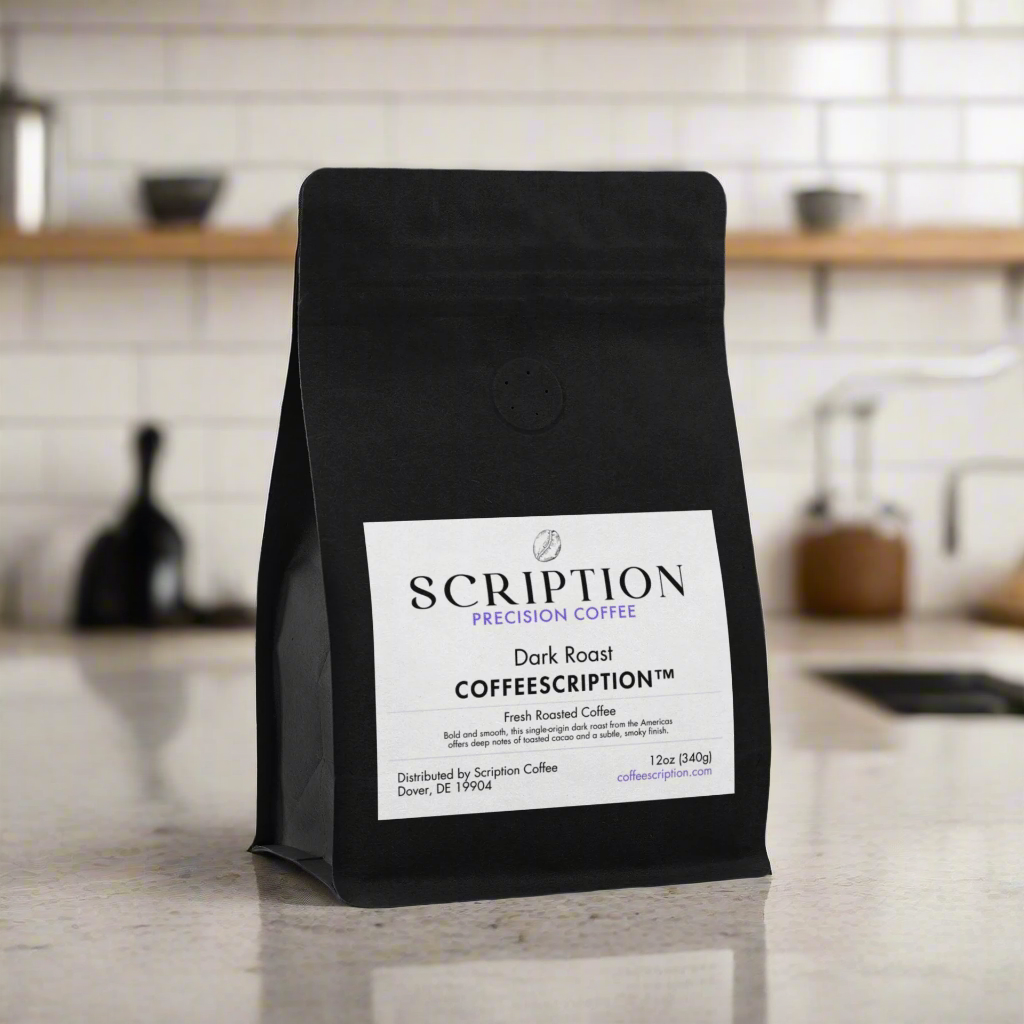Have you ever wondered why a “cup” of coffee never seems to mean the same thing twice? It drives us crazy! Maybe to you, it's the familiar porcelain mug at your breakfast table. Or perhaps it's the medium-sized, eco-friendly cup from your go-to coffee spot. Heck, it might even be that hefty stainless tumbler you lug to work. Let's explore what this elusive “cup” of coffee really means.
In the Coffee World…
Classically, the coffee industry defines a “cup” of coffee as 5oz. Further, most drip coffee brewers have measurements in increments along the side of the water basin in increments of two: 2 cups, 4 cups, 6 cups, and 8 cups. These figures correlate to 10oz, 20oz, 30oz, and 40oz, respectively, corresponding to the industry standard of 5oz.
In American Terms…
In the U.S., the imperial unit of measure called a “cup” officially clocks in at 8oz. However, the average American mug fits approximately 11oz, allowing for a 10oz pour if you don’t want to spill it all over yourself. (Try it - grab your favorite standard size mug and a measuring cup; fill the mug with 10oz of water - does this look like how much you would usually pour?)
When most of us talk about a "cup" of coffee, we're really thinking of that trusty 10oz mug, a bit more than the imperial 8oz, and double the coffee world's 5oz.
By Scription Coffee’s Standards…
We believe that a cup of coffee delivers the right taste and caffeine content for your day, regardless of the volume. Actual volumes vary across brewing methods, and that’s perfectly ok. No matter what volume you use, if you use our recommended Drip and AeroPress methods, rest assured you’re still getting your perfect cup with precise caffeine content.


